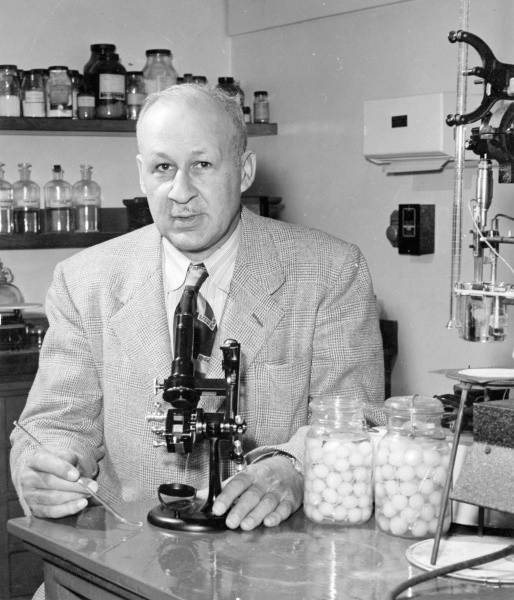Not a pick-from-the-tree variety, the maraschino cherry was originally created from marasca, a small black cherry that grew wild on the coast of present-day Croatia. To preserve them, the ancients pickled the cherries in seawater, then marinated them in a liqueur made from the marasca’s juice and pits. A taste for the marinated marascas soon drifted beyond the Croatian shores, and variations on the original recipe flourished. In the early 1900s, maraschino cherries were decorating cocktails and topping off ice-cream sundaes. But they were still made with European cherries, because it was said that American cherries were just too soft.
In the 1920s, Ernest Wiegand, a food scientist at Oregon Agricultural College, perfected a new maraschino cherry made from Oregon’s Royal Anne cherries. The secret was in the brine. The Croatians had used seawater; Weigand added a dash of calcium salts to firm the cherries and a dash of almond extract to simulate the taste of marasca pits.
Processing maraschino cherries became a big industry in Oregon during the mid-20th century. The nation’s two biggest maraschino manufacturers are still here in Oregon. And food-processing technology at Oregon State is still adding value to regional fruits, vegetables, and grains.

